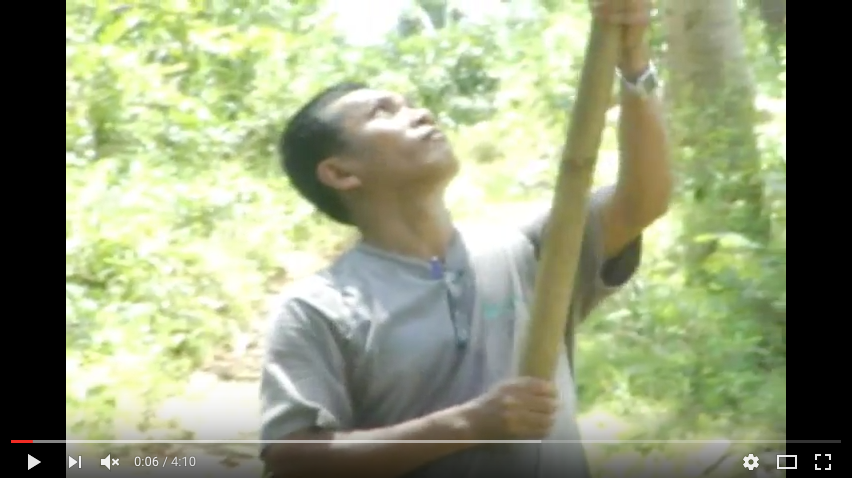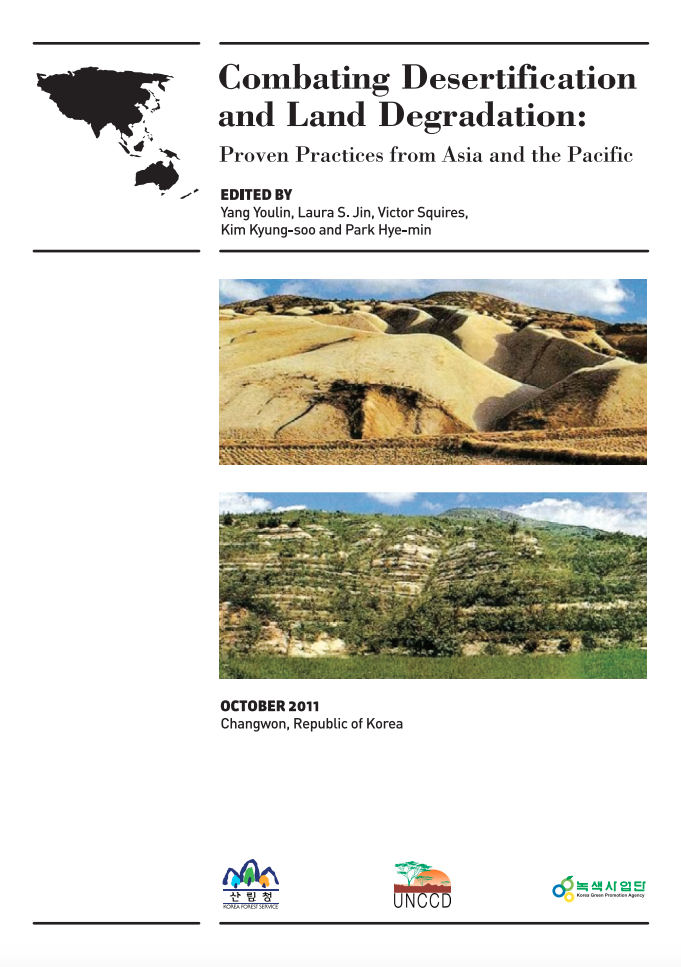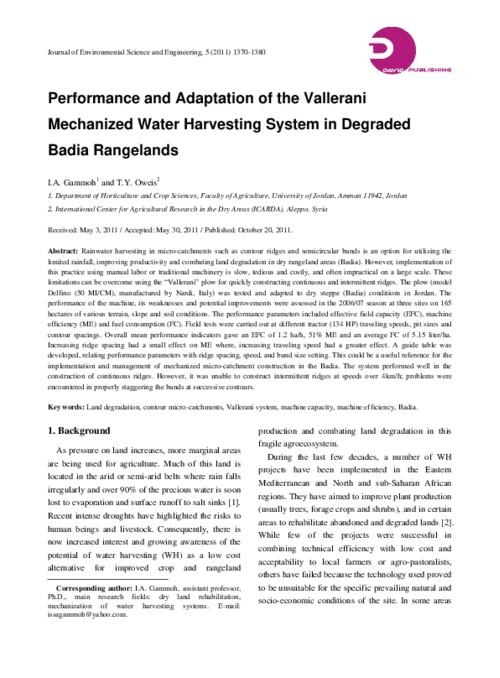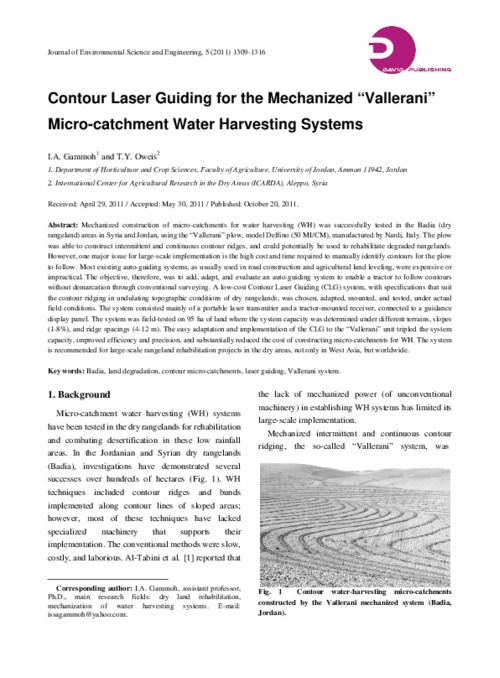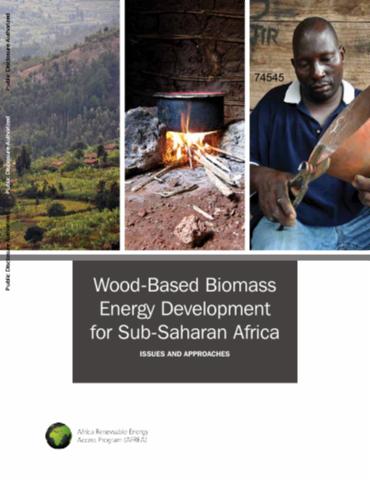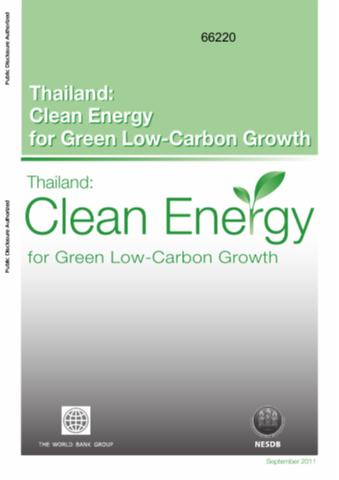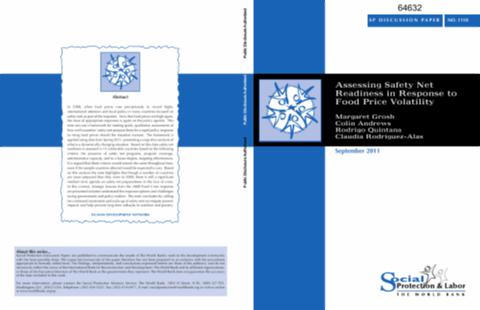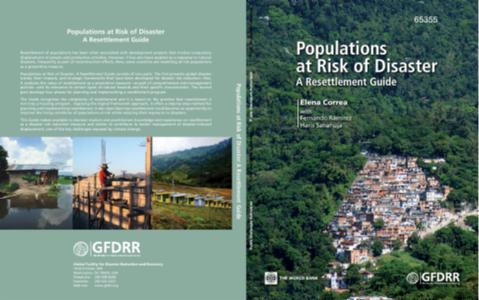ISPC Commentary on the Revised Proposal CRP 5: Water, Land and Ecosystems
ISPC commentary on the revised proposal CRP 5: Water, Land and Ecosystems. The revised proposal was approved with light adjustments by Fund Council at its 6th meeting November 8-9, 2011.



